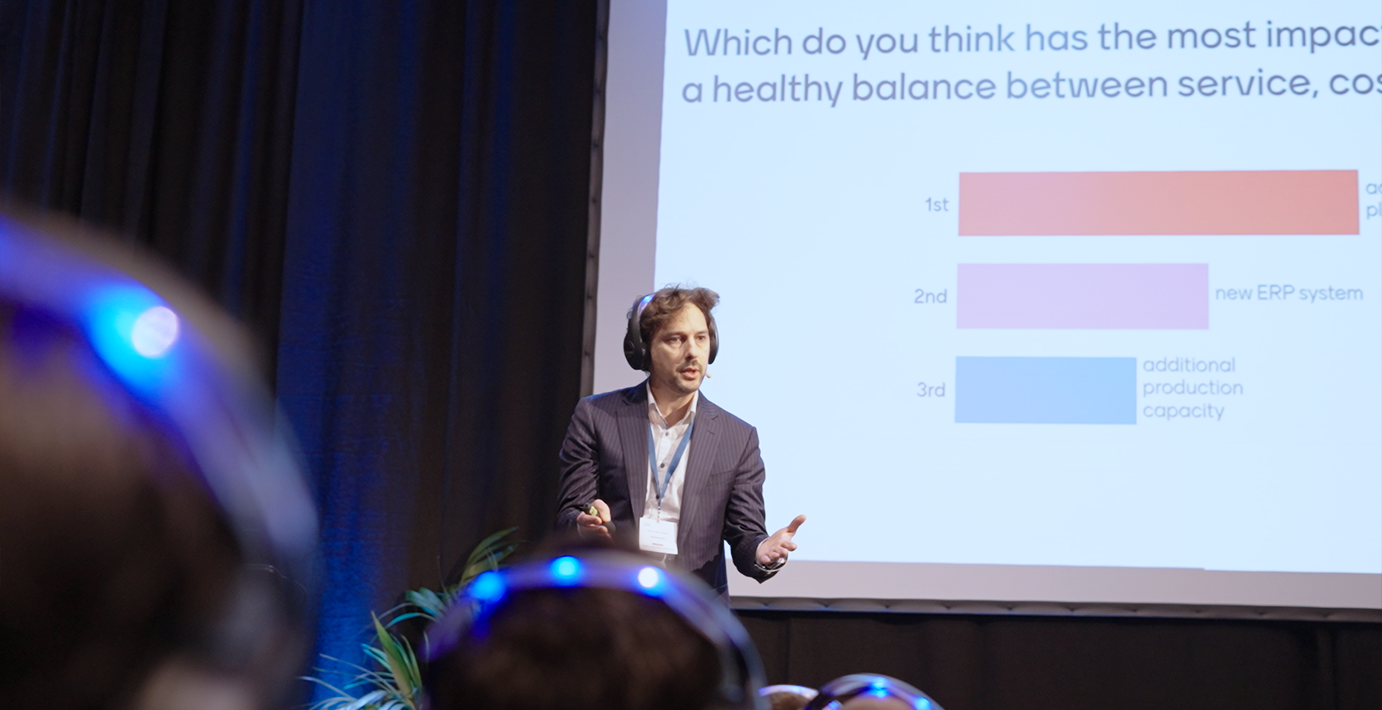
On March 16, 2023, the Supply Chain Innovations event offered an extensive program of diverse seminars on innovative topics in Supply Chain Management. Solventure was also present at Antwerp Expo, where our CEO Bram Desmet gave a keynote speech and our customers Danfoss, Ontex, and MediaMarktSaturn shared their experiences. Before and during the event, we also polled our audience of supply chain experts on their views on S&OP investments, the results of which might (or might not) surprise you.
Bram Desmet kicked off his keynote by explaining to the audience that 2022 will be remembered as the year that supply chains, unfortunately, did not go back to normal and continued disruptions remained top-of-mind. “Political, climate, and health crises have shaken many companies to their core, and most supply chains have yet to recover. That’s why we need to rethink our supply chains and the business strategies behind them.”

Reimagining the supply chain starts with rethinking your S&OP investments. That’s why Bram first asked the audience what they thought their S&OP maturity level was, and which level they needed to achieve. Based on the Gartner S&OP Maturity Model, the average respondent thinks they are only at an average maturity level of 2.3, while they want to be at a 4.
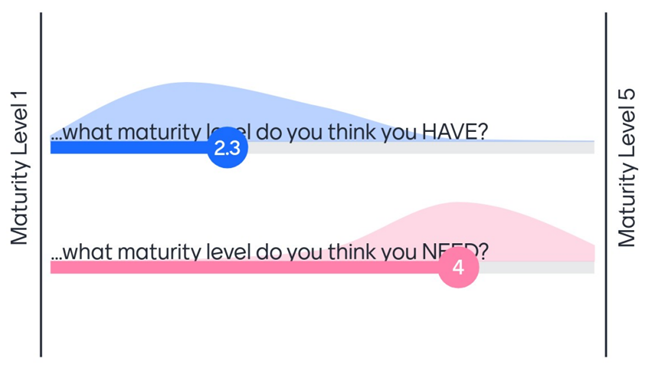
So, how do you get to an S&OP maturity level 4? By investing in the right priorities for your S&OP. The common problem is that many CEOs and CFOs, according to our polls, invest largely in additional production capacity (1st), or new ERP systems (2nd), before thinking about the benefits of a – much cheaper – advanced planning system (3rd).
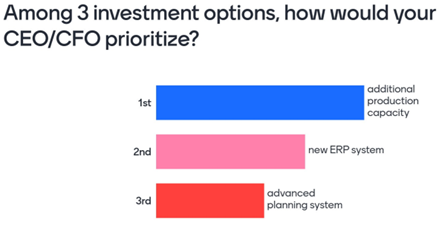
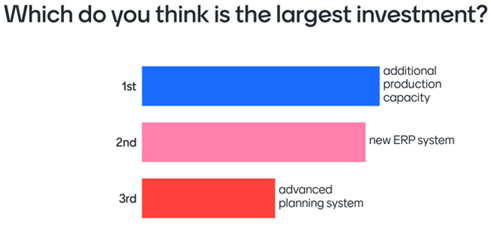
But, when we take a look at which investment can have the most impact on restoring a healthy balance between service, cost and cash – to ensure a stable Supply Chain Triangle –, we see a whole other story. Here, the answers to our poll skew in the opposite direction, giving substantially more weight to the importance of investing in an advanced planning system.
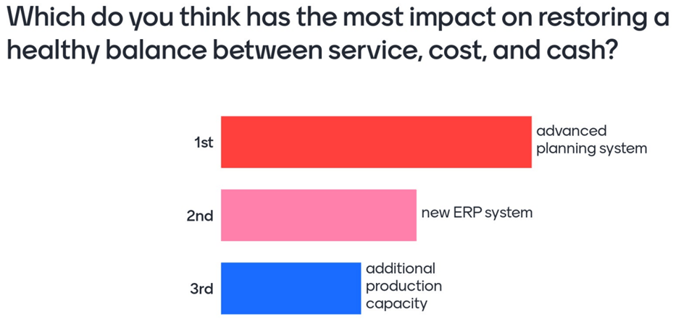
If an advanced planning system is so instrumental to optimizing your S&OP – as we see in the responses of supply chain experts –, then why aren’t more companies investing in them? When we asked this exact question in our poll, we received plenty of responses, ranging from total board room ignorance on what’s needed to improve their S&OP, to the fear of change, diverging priorities, and lacking collaboration between departments that influence a company’s Supply Chain.
“If we want to optimize our supply chains,” Bram reacted during his keynote, “we need better collaboration in companies between Supply Chain, Operations, Finance and Procurement. It must happen, and a big part will be to rewire people's brains and help them wake up to the new, volatile supply chain reality which requires a larger focus on digitalization and investment in tooling, there's simply no way around it.”
In the end, it’s a matter of communication and collaboration if companies want to achieve a higher level of S&OP maturity. As CEOs and CFOs often come from Finance or Operations, they need better knowledge of the importance of their Supply Chain department. All the while, the Supply Chain or S&OP Manager also should learn to communicate their needs better to the board and other departments. To succeed in the latter, Supply Chain Managers can use Solventure’s Supply Chain Triangle as a conversation starter, and to (re)set the supply chain strategy with clear data and convincing arguments.
In the words of Bram, “we need to wake up to a new reality, and we’ll need everyone involved in Supply Chain to make sure companies can keep predicting and flexibly reacting to the increasingly volatile market reality we’ve been facing in the past years.”
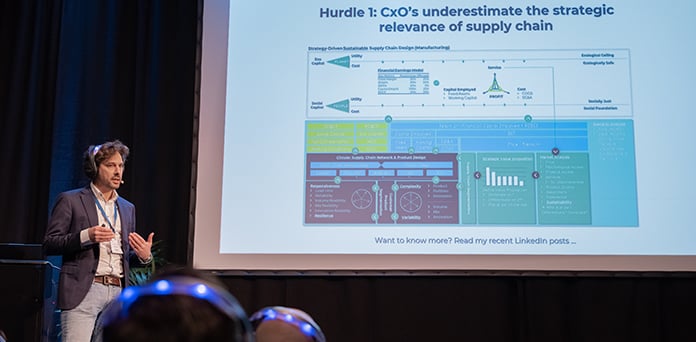
Want to receive other updates on our keynotes on Supply Chain innovations? Subscribe now to our newsletter.
These Stories on S&OP